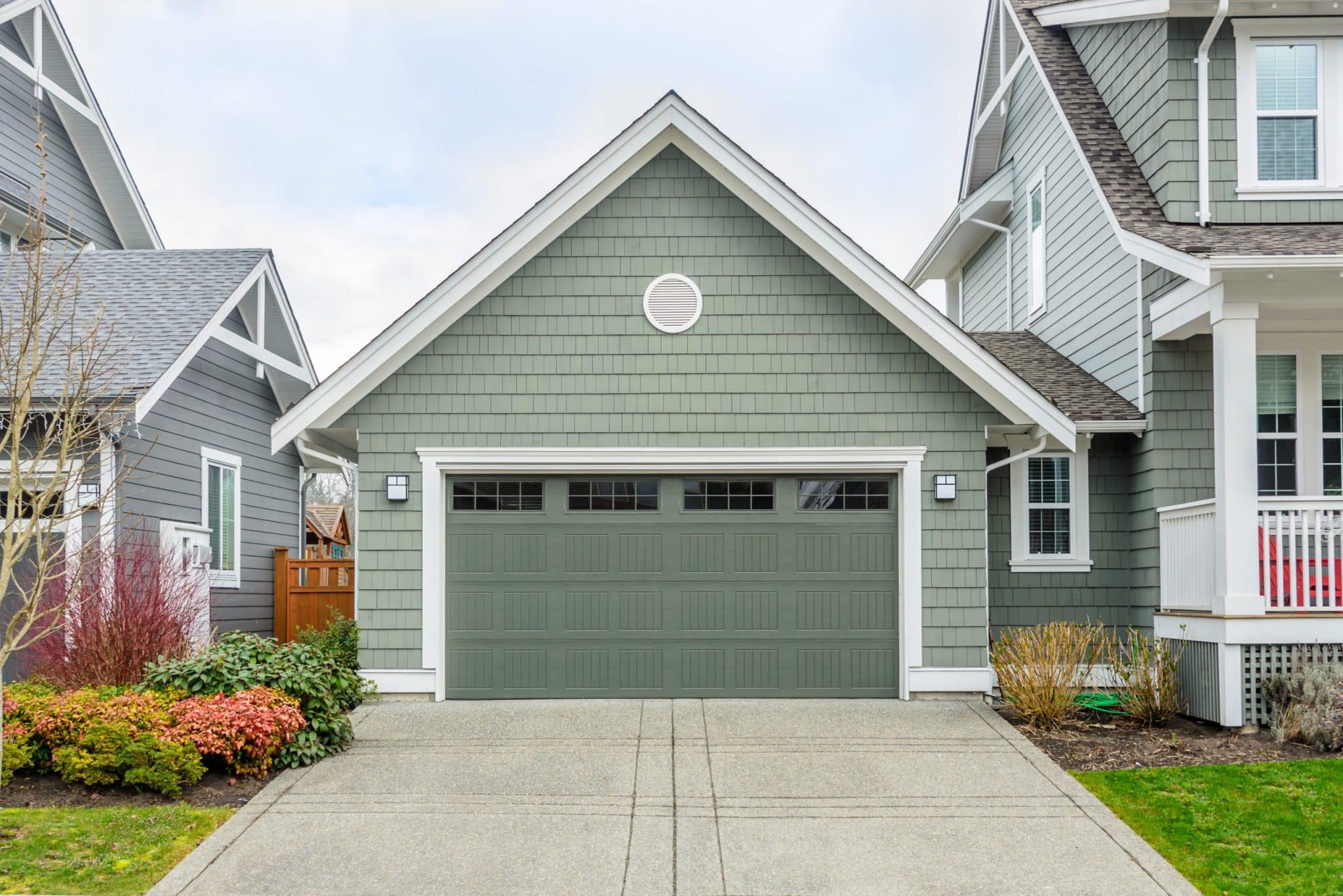Picture this: you’ve invested in a brand-new garage door, eager to enhance your home’s curb appeal and security. However, after installation, the door struggles to open, lets in a biting draft, or produces a symphony of unsettling noises.
These issues often stem from installation errors, which can compromise not only the functionality of your garage door repair and installation but also the safety and value of your home. A well-installed garage door is a seamless blend of form and function, providing security, protecting your belongings, and enhancing your home’s aesthetic appeal.
While some homeowners may be tempted to tackle the installation themselves, the complexity of the process can lead to costly mistakes, even for experienced DIY enthusiasts. Professionals, too, can sometimes fall short, highlighting the importance of careful planning and execution.
This article delves into the most frequent errors encountered during garage door installation, offering guidance on how to avoid these pitfalls and ensure a successful upgrade for your Chicago residence.
Your Garage Door’s Lifespan: Extend It with Regular Maintenance
Careful planning is crucial for a successful garage door installation. Accurate measurements are essential to ensure a proper fit, preventing operational issues and potential damage. Adhering to local building codes is equally important, as non-compliance can lead to costly consequences.
Selecting the right door type and material is another critical decision. Factors such as climate, architectural style, and budget all play a role in this choice. Prioritizing insulation and weatherproofing is vital, especially in regions with extreme temperatures, to maintain a comfortable garage environment and reduce energy consumption.
Additionally, considering extra features like windows, smart technology, or backup power can enhance the functionality and convenience of your garage door. However, it’s important to remember that regular maintenance, including timely garage door spring repair, is essential for the door’s longevity and safe operation. By taking a proactive approach and addressing potential issues early on, homeowners can avoid more extensive and expensive repairs in the future.
Garage Door Installation Nightmares: 5 Common Mistakes and How to Avoid Them
The actual installation phase is where many garage door projects encounter significant hurdles, often due to seemingly minor oversights that can have major consequences. For instance, misaligned or uneven tracks can impede the smooth movement of the door, causing it to bind or get stuck.
This not only leads to operational frustrations but also accelerates wear and tear on the door’s components, potentially necessitating premature repairs or replacements. Similarly, loose or damaged rollers can compromise the door’s stability and smooth operation, while inadequate lubrication of tracks and rollers can result in excessive noise and friction, further accelerating wear.
Spring and cable issues represent another common pitfall during installation. Incorrect spring tension can render the door difficult to open and close manually, putting undue strain on the opener and other components.
Worn or broken cables pose significant safety hazards, as they can snap unexpectedly, causing the door to fall and potentially resulting in injuries or property damage. Mishandling torsion springs, which are under immense tension, are particularly dangerous and should be left to professionals experienced in garage door sensor replacement.
Even with the opener installation, errors can occur. Incorrect wiring or programming can lead to malfunctions, rendering the door inoperable or creating safety risks. Misaligned safety sensors, a critical safety feature that prevents the door from closing on obstructions, can fail to function properly, increasing the risk of accidents.
Incorrect limit switch adjustment can cause the door to travel too far or not far enough, leading to potential damage or leaving gaps that compromise security.
To avoid these common installation mistakes, seeking professional assistance is often the most prudent course of action. Experienced garage door technicians possess the necessary expertise to address complex issues like spring tension adjustment and sensor alignment.
They are also familiar with local building codes and regulations, ensuring that the installation adheres to safety standards. Additionally, professional installers typically offer warranties on their work, providing homeowners with peace of mind and protection against unexpected repair costs.
Conclusion
In conclusion, the successful installation of garage doors requires a meticulous approach and careful consideration of various factors. Rushing into the process without proper planning or relying solely on DIY methods can lead to a multitude of issues, ranging from minor inconveniences to major safety hazards.
Understanding the common pitfalls associated with track and roller alignment, spring tension, opener configuration, and sensor placement is crucial for avoiding costly mistakes.
Entrusting the installation of garage doors to experienced professionals offers numerous advantages, including expertise, adherence to safety standards, and warranties that protect homeowners from unforeseen expenses.
By seeking the services of qualified technicians, homeowners can ensure a seamless and secure installation, minimizing the risk of operational issues and potential hazards. Thorough research, obtaining multiple quotes, and verifying the credentials of potential installers are essential steps in selecting the right professional for the job.
Ultimately, investing in professional installation of garage doors is an investment in the safety, security, and longevity of your home. Don’t hesitate to reach out to a reputable installer in your area for a consultation and assessment of your garage door needs.










